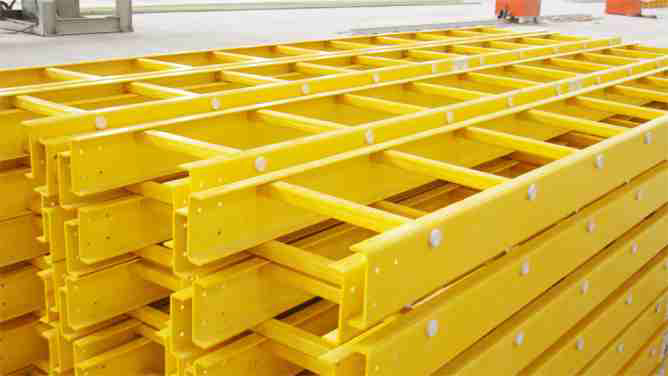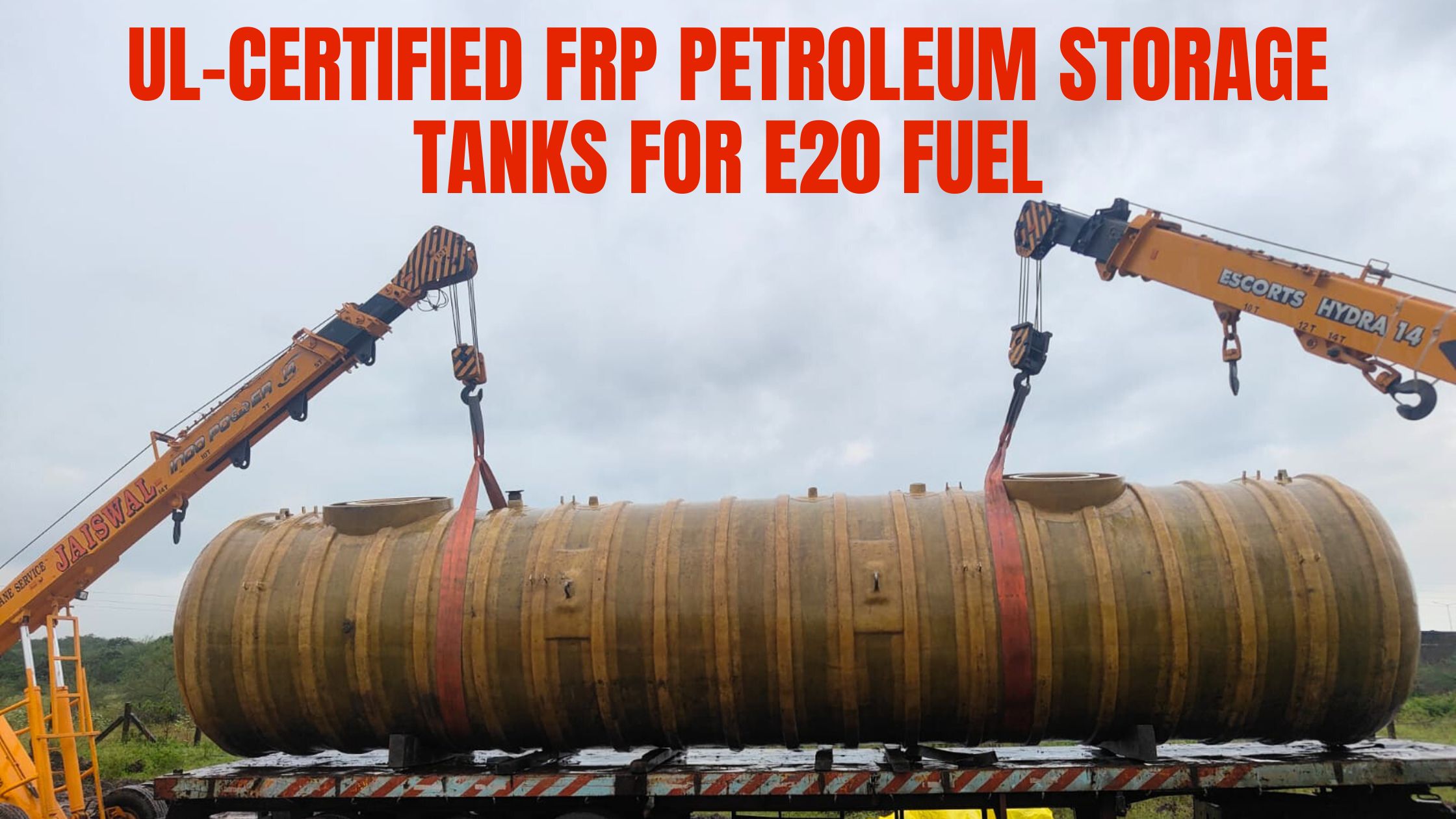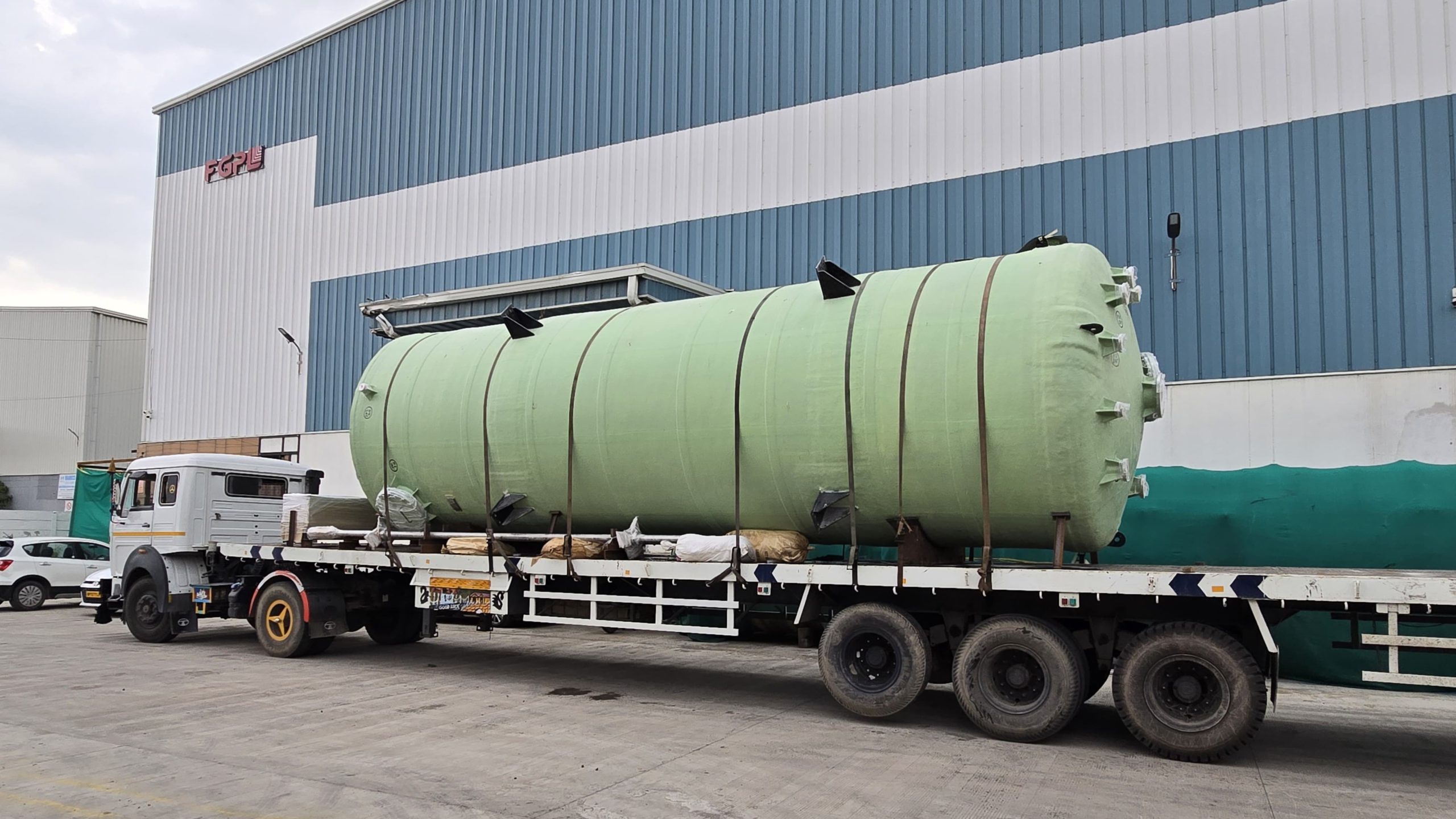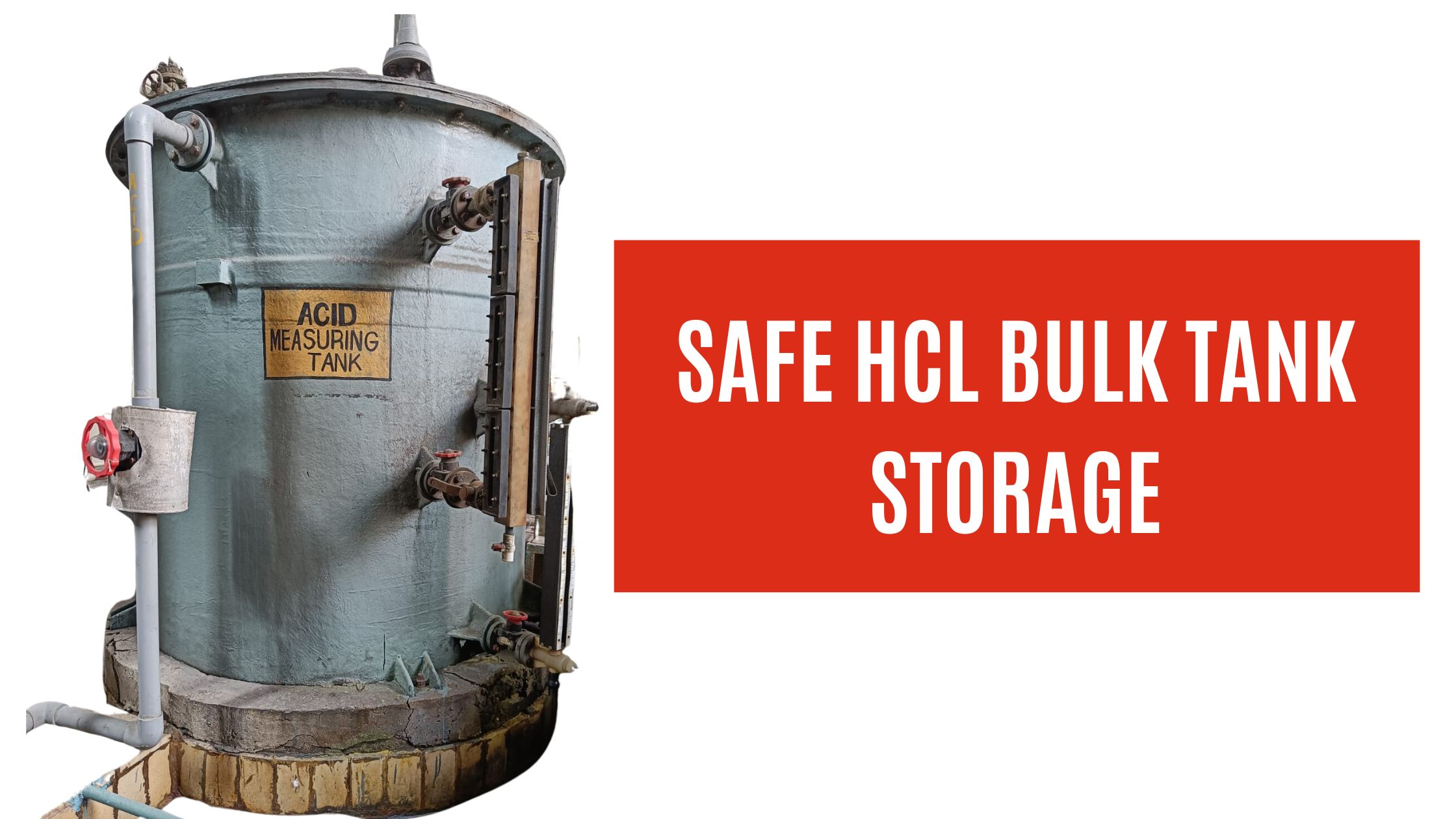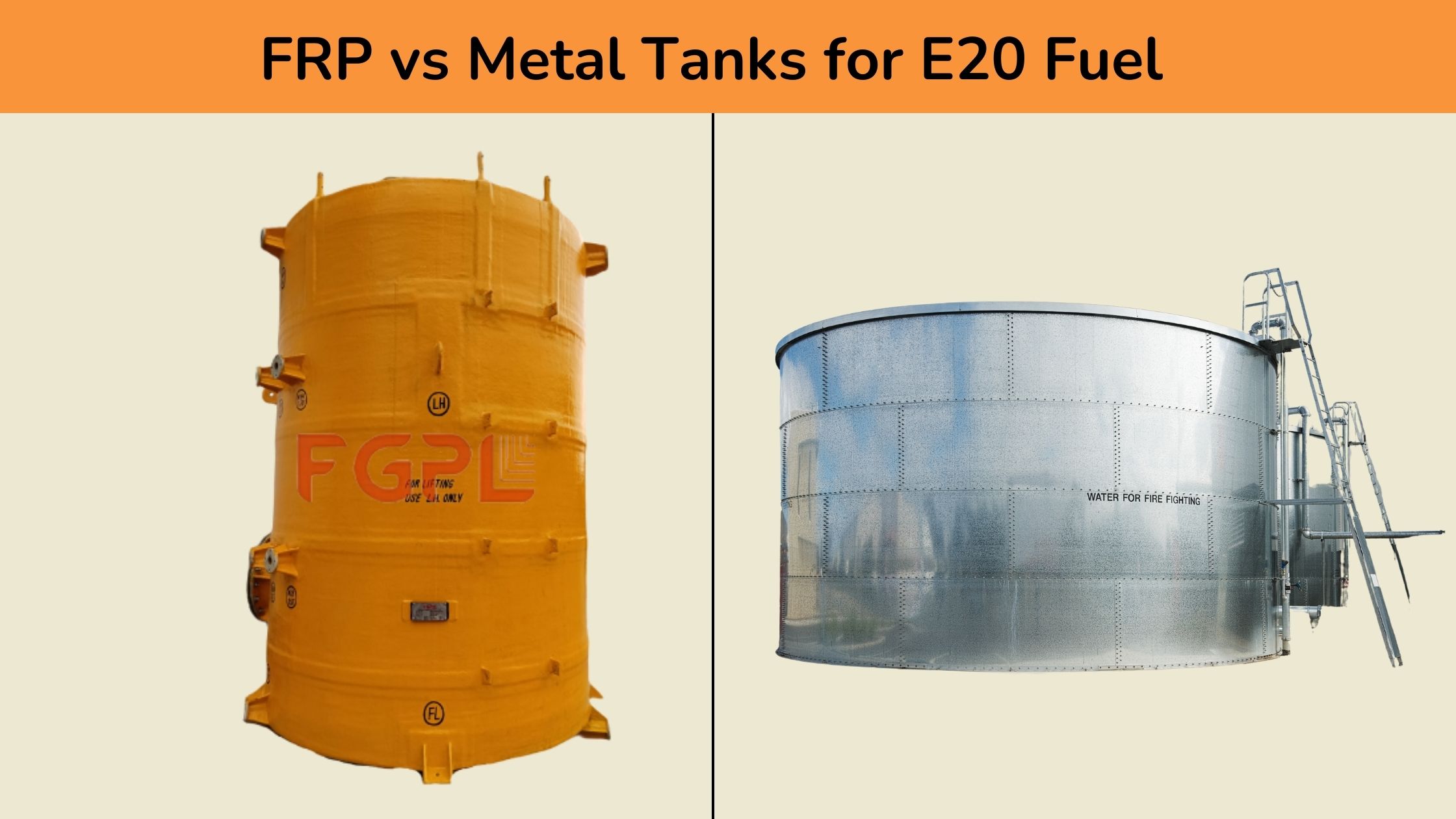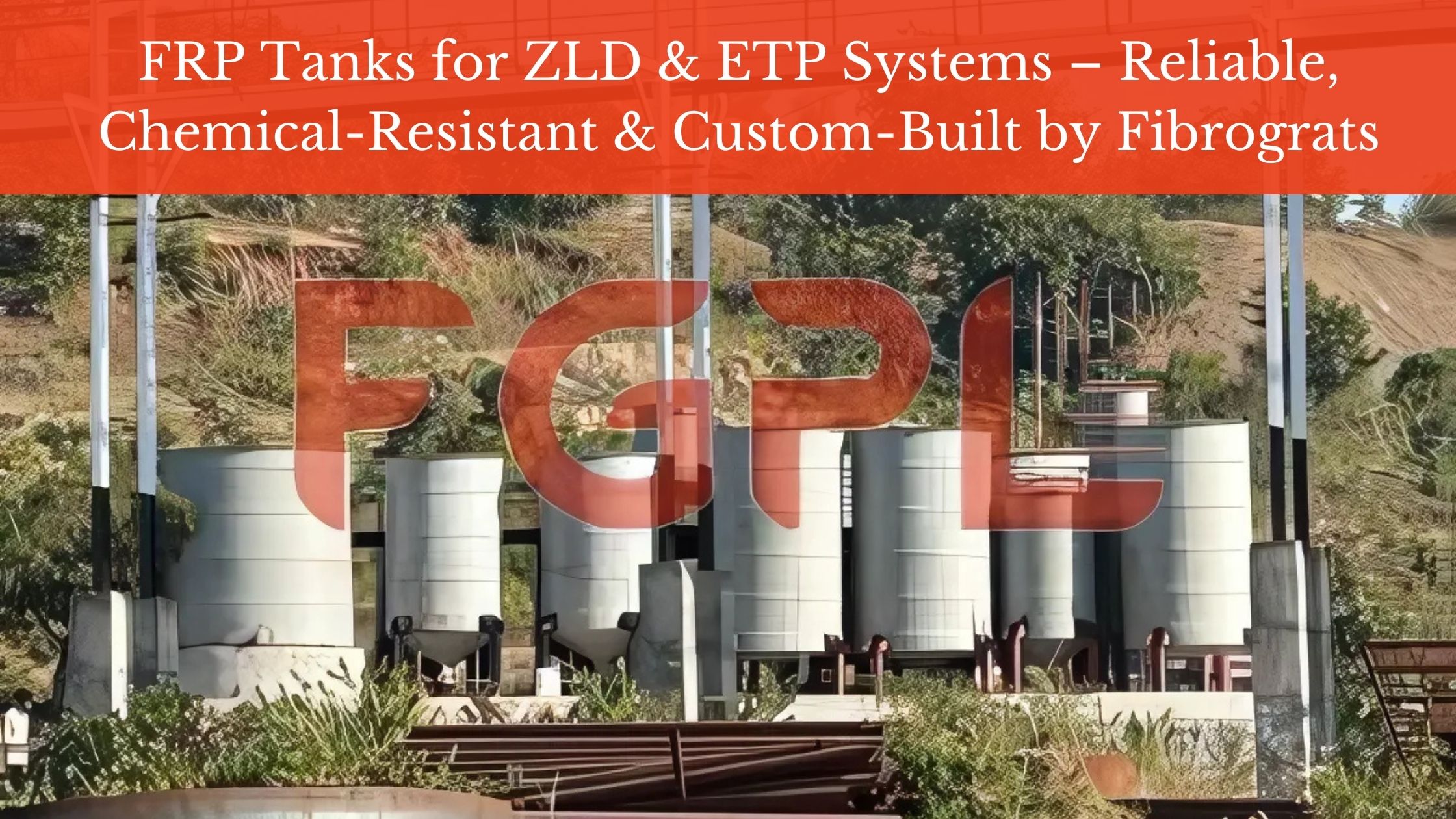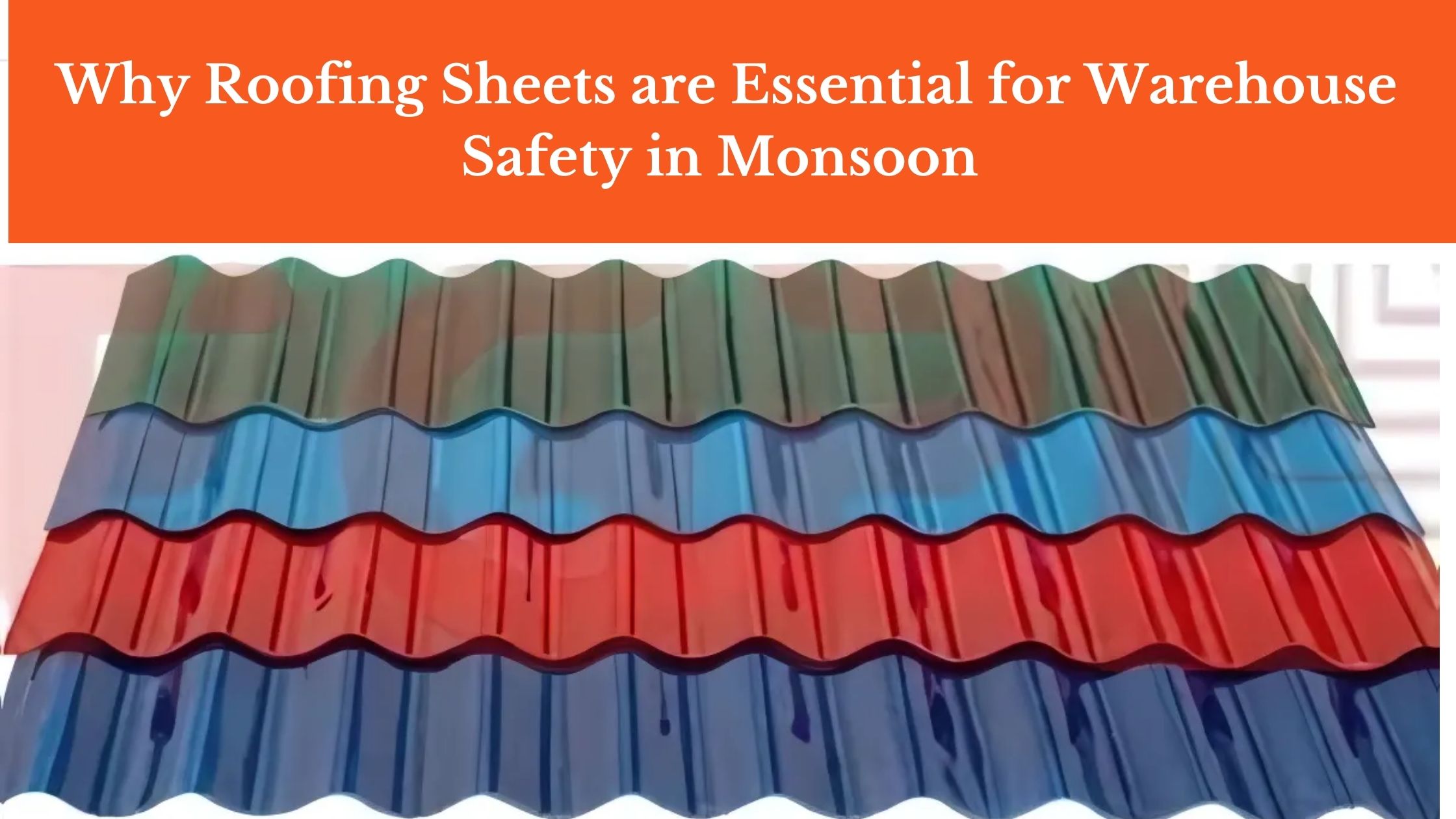Fiberglass Reinforced Plastic (FRP) cable trays have become an essential component in various industries, It has a unique combination of strength, durability, and resistance to corrosion. Whether you’re working on a large industrial project or a commercial building, selecting the right type of FRP cable tray is very important for managing the cables.
We, Team FGPL, would like to present a comprehensive understanding of the different types of FRP cable trays and their applications, ensuring you make an informed decision for your specific needs.
Structure Of A Typical FRP Cable Tray
The process of making FRP cable trays At FGPL is quite systematic and they are typically made from fiberglass & resins using a pultrusion process.
- Design and Mold Preparation: The first step is to design and prepare the mold. Based on the design, a precise mold is prepared which has the shape of the cable tray. These molds are made from a very high grade of steel.
- Mixing of Resin and Fibers: To make FRP, resin (polyester or PTA) and reinforcing fibers (such as glass fibers) are mixed. This mixture has to be blended well so that the fibers are evenly distributed in the resin.
- Laying the Materials: After this, the mixed material is applied in the mold. This process is done by pultrusion.
- Curing: Once the material has been properly set in the mold, it is pulled fron other end through a heated mould at slow speed. In the curing process, the resin hardens and takes a solid shape.
- Finishing: In the final step, the cable tray is painted as required or additional protective coatings are applied to protect it from environmental factors.
- Quality Check and Packaging: At the end, the quality of each cable tray is checked. If it meets the specified standards it is packed and pushed to the dispatch area.
Advantages of FRP Material
Corrosion Resistance
Unlike traditional materials like steel, FRP cable trays do not corrode, making them ideal for harsh environments.
Strength-to-Weight Ratio
Unlike traditional materials like steel, FRP cable trays do not corrode, making them ideal for harsh environments.
Durability
FRP cable trays have a long lifespan and require minimal maintenance, reducing the overall cost of ownership.
Types of FRP Cable Trays
There are several types of cable trays, each with unique characteristics and applications. Understanding these types is essential when choosing cable trays for your specific needs.
1. Ladder Type
Description and Structure
Ladder-type cable trays consist of two side rails connected by rungs at regular intervals. This design provides excellent support for heavy cables while allowing for maximum ventilation.
Ideal Applications
Ladder-type cable trays are commonly used in industrial settings where heavy cables need to be supported over long distances. They are also ideal for environments where ventilation is crucial, such as chemical plants and power stations.
2. Perforated Type
Design Features
Perforated cable trays have holes or slots along the bottom and sides, allowing for better air circulation and drainage. This design helps reduce the buildup of heat and moisture around the cables.
Typical Uses and Benefits
Perforated cable trays are well-suited for commercial and industrial applications where moderate cable support and ventilation are required. They are often used in office buildings, shopping malls, and light industrial environments.
Benefits of FRP Cable Trays
FRP cable trays offer several benefits that make them an attractive choice for various applications. These benefits are essential considerations when choosing FRP cable trays.
Corrosion Resistance
Resistant to corrosion, making them an excellent choice for environments where traditional materials might fail. This reduces the need for costly maintenance and repairs, especially in chemical plants and coastal areas.
Lightweight
Lightweight, making them easy to install and reducing the need for heavy support structures. This is particularly beneficial in infrastructure projects where weight is a critical factor.
Strength and Durability
Designed to withstand harsh environments and last for extended periods. They offer excellent load-bearing capabilities and can perform well in extreme temperatures, ensuring long-term reliability.
Electrical Insulation
Provide electrical insulation, ensuring the safety and performance of cables and wires. This is a key benefit in applications where electrical safety is paramount.
Applications of FRP Cable Trays
Industrial Settings
Usage in Industrial Area
FRP cable trays are widely used in industrial settings such as chemical plants, oil refineries, and power stations. Their corrosion resistance and durability make them ideal for these harsh environments.
Commercial Buildings
Usage in Office Buildings and Shopping Malls
In commercial buildings, FRP cable trays are used to support and protect electrical and communication cables. Their lightweight nature and ease of installation make them a popular choice in new construction and renovation projects.
Infrastructure Projects
Application in Bridges, Tunnels, and Other Critical Structures
FRP cable trays are increasingly being used in infrastructure projects, such as bridges and tunnels, where their lightweight, corrosion-resistant, and durable properties offer significant advantages over traditional materials.
Site Assessment and Layout Planning
Before installation, it is essential to conduct a thorough site assessment and layout planning to ensure the proper placement and support of the FRP cable trays. This includes evaluating the load requirements and environmental conditions.
Conclusion
FRP cable trays offer a range of benefits, including corrosion resistance, lightweight construction, and durability, making them a versatile and cost-effective solution for various applications. Understanding the different types of FRP cable trays and their specific uses is essential for selecting the right tray for your project.
Choosing the right FRP cable tray is crucial for the success and longevity of your project. By considering factors such as the environment, load requirements, and installation challenges, you can ensure that you select the best tray for your needs.
For more information or assistance with FRP cable trays, contact FGPL today. Our team of experts is here to help you find the perfect solution for your project.
Also read: Advantages of FRP Ladder Cable Trays in Industrial Cable Management
Follow us on Facebook: @fibrograts

